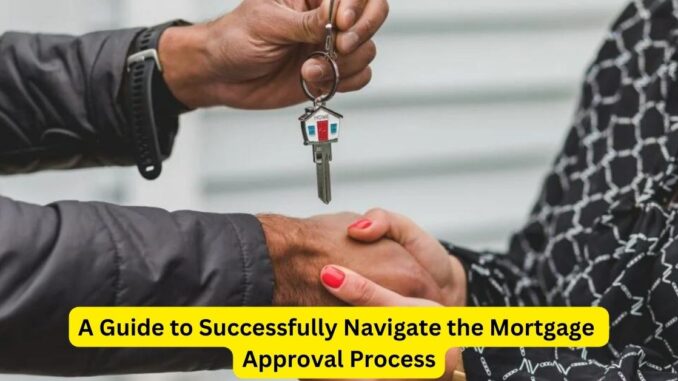
Buying a home is a significant milestone, and securing a mortgage is a crucial step in this process. Navigating the mortgage approval process successfully requires preparation, understanding, and strategic planning. Here’s a comprehensive guide to help you achieve a smooth and successful mortgage approval.
1. Know Your Finances: Start by assessing your financial situation. Review your credit score, outstanding debts, income, and expenses. Lenders evaluate these factors to determine your eligibility for a mortgage. Improve your credit score by paying bills on time and reducing debts, as it significantly impacts your loan terms.
2. Determine Your Budget: Calculate a realistic budget for your home purchase. Consider the down payment, closing costs, monthly mortgage payments, insurance, and property taxes. Stick to a budget that aligns with your financial capabilities to avoid future financial strain.
3. Get Pre-Approved: Seek pre-approval from multiple lenders. This process involves a thorough review of your financial history and provides an estimate of the loan amount you qualify for. Having a pre-approval letter strengthens your position during negotiations and shows sellers that you’re a serious buyer.
4. Understand Mortgage Options: Explore different types of mortgages available, such as fixed-rate, adjustable-rate, FHA, VA, and USDA loans. Each option has distinct terms and requirements. Assess which one aligns best with your financial goals and preferences.
5. Organize Necessary Documents: Lenders require various documents during the approval process, including pay stubs, tax returns, bank statements, and employment verification. Prepare these documents in advance to expedite the approval process.
6. Avoid Major Financial Changes: Maintain financial stability during the approval process. Avoid large purchases, taking on new debt, or changing jobs, as these factors can impact your mortgage approval.
7. Communicate Effectively: Stay in constant communication with your lender. Promptly respond to their requests for information or documentation. Clear communication ensures a smoother and faster approval process.
8. Appraisal and Underwriting: Once you’ve found a home and signed a purchase agreement, the lender will conduct an appraisal to determine the property’s value. Simultaneously, underwriters review your financial profile and the property’s details to finalize the loan approval.
9. Closing Process: Review all loan documents carefully during the closing process. Ensure that the terms align with what you discussed with the lender. Plan for closing costs and be prepared to sign various documents to complete the purchase.
10. Post-Closing Precautions: After closing, continue to manage your finances prudently. Make timely mortgage payments and stay updated with insurance and taxes to protect your homeownership.
Successfully navigating the mortgage approval process involves thorough preparation, financial diligence, and effective communication with lenders. By following these steps diligently, you’ll increase your chances of securing a mortgage that suits your needs and achieving your dream of homeownership.
Leave a Reply